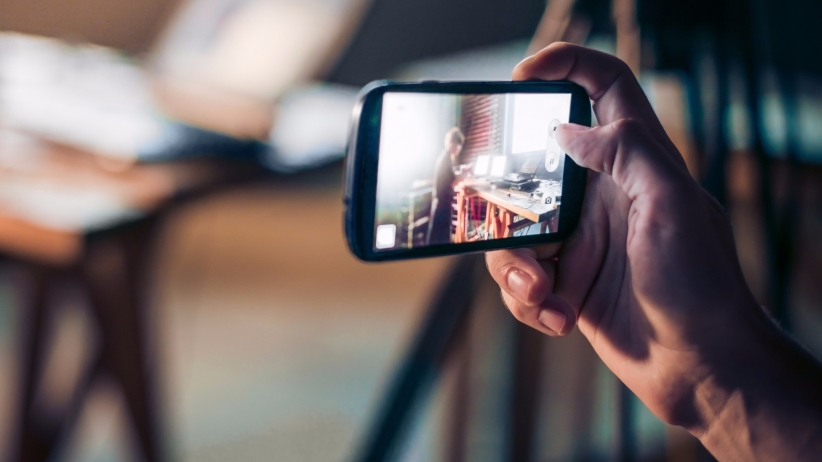Big brands like PayPal, Dell and Coca-Cola have been in the influencer marketing space for over the past decade, and that depth of experience has created best practices for how not only big brands, but entrepreneurs and small businesses, can succeed in this fractured marketing landscape. “It takes a lot of time to get to know who you are working with. Headcount isn’t the only thing that will create success. “When I created the Influencer Advisory Board at HP, I wanted there to be a reason -- monthly -- that we were working together. There are also benefits in long relationships with influencers who are well connected to outside programs and other companies. It gives people a chance to tell you things about them that might not be apparent.” As with all business relationships, something that started out perfectly may not be a good fit overtime. The lessons from these big brands are easily transferable to any brands looking to engage in influencer marketing: Step 1: Start early and allow yourself many months to find the right influencers. Step 4: Keep a health check and if it isn’t working, don’t be afraid to break up. You don’t need an influencer marketing program for your brand to be successful, but a great influencer marketing program can help you build a successful brand, develop true advocates and unearth undiscovered possibilities. That’s why these big brands are continuing to grow their influencer programs.

Every day, a story emerges about brands doing influencer marketing wrong. Often, the reason for these brands’ errors is inexperience with the marketing tactic. Big brands like PayPal, Dell and Coca-Cola have been in the influencer marketing space for over the past decade, and that depth of experience has created best practices for how not only big brands, but entrepreneurs and small businesses, can succeed in this fractured marketing landscape. As the Fyre Festival and other examples of #influencerfails make marketers cautious, these brands are continuing to grow their programs and to refine how to best succeed in the influencer space.
Start early.
The biggest tip that all the marketing experts interviewed shared was to start early with your program. Kate Hartman, the group director for global brand PR at Coca-Cola, ran the influencer program for the 2016 Rio Olympics. She and her team began hiring influencers 18 months before the campaign started and started reviewing potential fits for the program three months before that.
“We started getting to know them, before we actually started to have them do anything. We met with them each a few times. We treated them as a friend of the company. That pays off ten-fold,” Hartman said. “It takes a lot of time to get to know who you are working with. They aren’t an asset. They are a person.”
Get personal.
Lauren Mauro, the director of both consumer PR and influencer relations at Dell, echoes Hartman’s statements. In the past six years, she’s developed a multi-tier influencer approach for Dell that scales from celebrity name brands to small regional bloggers. With all of them, she puts the relationship at the heart of the tactic.
“You must invest in introductory calls, face-to-face meetings, follow-up emails, planning and more,” Mauro said. “It is a full-time job and difficult to do well if you have another full-time role. If you are looking at starting a program, I suggest investing in dedicated headcount and even a team if budgets and resources allow.”
While a full team may not be achievable for a fledgling company, ensuring that a member on the team has at least partial time to…

COMMENTS